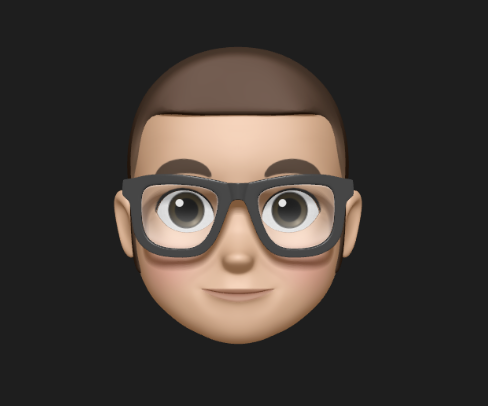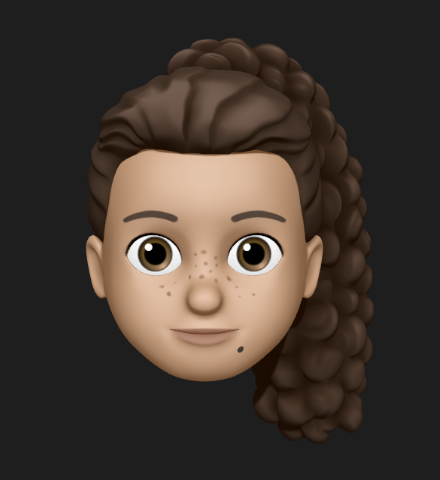 Seu Dinheiro
Seu Dinheiro Net Salary vs. Gross Salary: Differences and How to Calculate Them
In this post, we'll teach you how to convert your gross salary to net salary in Mexico so you know how much you really earn from your work.



A América Central é uma região diversa em termos de cultura e paisagens — e seus sistemas monetários são igualmente variados. Entender como o dinheiro funciona em cada país é tão importante quanto manter seus documentos de viagem em dia.
Por isso, preparamos um guia prático para ajudar você a entender qual moeda é utilizada em cada país da América Central, sua equivalência em relação ao dólar americano e algumas dicas úteis para trocar dinheiro.
Anote tudo e planeje melhor seu orçamento se estiver de viagem para algum desses países.
Saber qual moeda é usada no país para onde você pretende viajar ou trabalhar é essencial por vários motivos — e um dos principais é poder planejar um orçamento mais preciso.
Vale lembrar que nem todas as moedas do mundo têm a mesma estabilidade. Por isso, alguns países da América Central utilizam o dólar americano junto com, ou no lugar, de suas moedas locais.
Baixe o DolarApp para enviar e receber pagamentos internacionais em dólares digitais ou euros digitais, com uma taxa de conversão competitiva, direto do seu celular.
Dito isso, vamos conhecer as moedas utilizadas na América Central:
A moeda oficial de Belize é o dólar de Belize, em circulação desde 1978. Seu valor é atrelado ao dólar americano em uma taxa de conversão fixa: 2 BZD = 1 USD. Por isso, o dólar dos EUA é aceito em boa parte do país.
No entanto, se você pagar em dólares e precisar de troco, receberá dólares belizenhos.
Desde 1896, a moeda oficial da Costa Rica é o colón, em homenagem a Cristóvão Colombo. A maioria das transações do dia a dia é feita em colones, especialmente em mercados e transportes públicos. Já em áreas turísticas e grandes estabelecimentos, o dólar americano é amplamente aceito.
A taxa de câmbio pode variar conforme o banco ou casa de câmbio.
Na Nicarágua, as cédulas variam de 10 a 1.000 córdobas, e há moedas de até 10 córdobas.
Os dólares americanos são aceitos em hotéis e grandes lojas, mas para despesas cotidianas, é melhor usar córdobas, já que muitos preços mudam conforme a cotação diária.
A moeda oficial de Honduras é o lempira, que recebeu esse nome em homenagem a um líder indígena que resistiu à conquista espanhola.
As compras locais são feitas em lempiras, mas o dólar americano também é aceito, principalmente em regiões turísticas.
O dólar dos Estados Unidos é a moeda oficial de El Salvador desde 2001, quando substituiu o colón salvadorenho. Isso facilita a vida de turistas e trabalhadores estrangeiros, já que não é necessário trocar moeda se você já tiver dólares.
Os preços são listados em USD, e as mesmas notas e moedas americanas são usadas em todo o país, inclusive nos caixas eletrônicos.
O quetzal é a moeda oficial da Guatemala, batizada em homenagem ao pássaro símbolo nacional. As cédulas vão de 1 a 200 quetzais, e as moedas de 5 centavos a 1 quetzal.
Embora o dólar seja aceito em áreas turísticas, é melhor usar quetzais para evitar taxas ruins ou cobranças extras.
A taxa de câmbio guatemalteca é considerada flexível.
O Panamá possui um sistema monetário único, com duas moedas oficiais: o balboa e o dólar americano. Na prática, o balboa existe apenas em moedas, enquanto todas as transações, salários e economias são feitas em dólares.
O balboa é fixado em paridade 1:1 com o dólar, portanto não há variação cambial.
Como você pode ver, a lista é mais curta do que a das moedas da América do Sul — e a maioria dos países da América Central também usa o dólar americano no dia a dia.
Abaixo está um resumo das moedas oficiais de cada país da América Central e seus respectivos códigos ISO:
País | Código ISO | Moeda | Código da Moeda |
Belize | BZ | Dólar de Belize | BZD |
Costa Rica | CR | Colón | CRC |
El Salvador | SV | Dólar Americano | USD |
Guatemala | GT | Quetzal | GTQ |
Honduras | HN | Lempira | HNL |
Nicarágua | NI | Córdoba | NIO |
Panamá | PA | Balboa e Dólar Americano | PAB/USD |
As taxas de câmbio das moedas da América Central em relação ao dólar americano são fundamentais se você pretende viajar, trabalhar ou fazer compras na região.
A seguir, estão as cotações mais recentes:
País | Moeda | Taxa de Câmbio | Fonte |
Belize | Dólar de Belize (BZD) | 1 USD = 2,01 BZD | |
Costa Rica | Colón Costarriquenho (CRC) | 1 USD = 501,71 CRC | |
El Salvador | Dólar Americano (USD) | 1 USD = 1,00 USD | |
Guatemala | Quetzal Guatemalteco (GTQ) | 1 USD = 7,66 GTQ | |
Honduras | Lempira Hondurenha (HNL) | 1 USD = 26,31 HNL | |
Nicarágua | Córdoba Nicaraguense (NIO) | 1 USD = 36,79 NIO | |
Panamá | Balboa Panamenho (PAB) / Dólar (USD) | 1 USD = 1,00 PAB |
Taxas de conversão atualizadas em 03/11/2025. Verifique sempre as fontes oficiais para obter valores mais recentes.
Antes de viajar, é importante planejar como você vai administrar seu dinheiro, incluindo a troca de moeda.
Aqui vão algumas dicas úteis:
Algumas moedas da América Central são difíceis de encontrar fora da região.
Por isso, pode ser mais prático trocar uma pequena quantia antes de embarcar, o suficiente para cobrir as primeiras despesas, como transporte e alimentação.
As casas de câmbio dos aeroportos costumam ser uma das primeiras opções ao chegar, mas as taxas são menos vantajosas.
Troque apenas o necessário para os gastos iniciais e procure cotações melhores na cidade.
Essa dica também vale se você estiver com moedas menos comuns, como asiáticas ou africanas, que muitas vezes não são aceitas nos aeroportos da América Central.
O dinheiro em espécie é indispensável em mercados locais, transportes públicos ou regiões rurais. Tenha sempre notas pequenas na moeda local, já que muitos vendedores não têm troco ou não aceitam cartão.
Em áreas mais turísticas — como hotéis, supermercados e grandes redes — é possível pagar com cartões internacionais, como Visa ou Mastercard.
Isso significa que você pode usar o DolarCard da DolarApp, basta carregar seu cartão com dólares digitais ou euros digitais e usá-lo onde quiser.
Você pode adicionar saldo direto da sua conta local e aproveitar taxas justas, processamento instantâneo e sem tarifas ocultas.
O quetzal guatemalteco é atualmente a moeda mais valorizada da região, já que menos quetzais são necessários por dólar americano.
Ela é considerada estável e uma das poucas que passou por redenominação monetária.
Sim. Na maioria dos países da América Central é possível usar dólares americanos, especialmente em áreas turísticas.
Ainda assim, é recomendado ter um pouco de moeda local para evitar taxas ruins ou restrições em estabelecimentos menores.
Para evitar golpes em trocas de moeda, prefira opções seguras, como casas de câmbio oficiais ou bancos.
Se usar um caixa eletrônico, conte o dinheiro na hora e nunca troque valores na rua.
Fontes:
Xe.com - Xe.com

Os países têm fronteiras. Suas finanças, não mais.
 Seu Dinheiro
Seu Dinheiro In this post, we'll teach you how to convert your gross salary to net salary in Mexico so you know how much you really earn from your work.

 Seu Dinheiro
Seu Dinheiro O aplicativo 99Pay é uma forma de pagamento segura e eficiente, onde você pode cadastrar seu cartão e realizar transações sem complicação. Descubra tudo sobre a 99Pay aqui.

 Seu Dinheiro
Seu Dinheiro Além de fornecer uma definição, este artigo aborda os tipos, o tempo de duração e como receber uma transferência bancária internacional.


